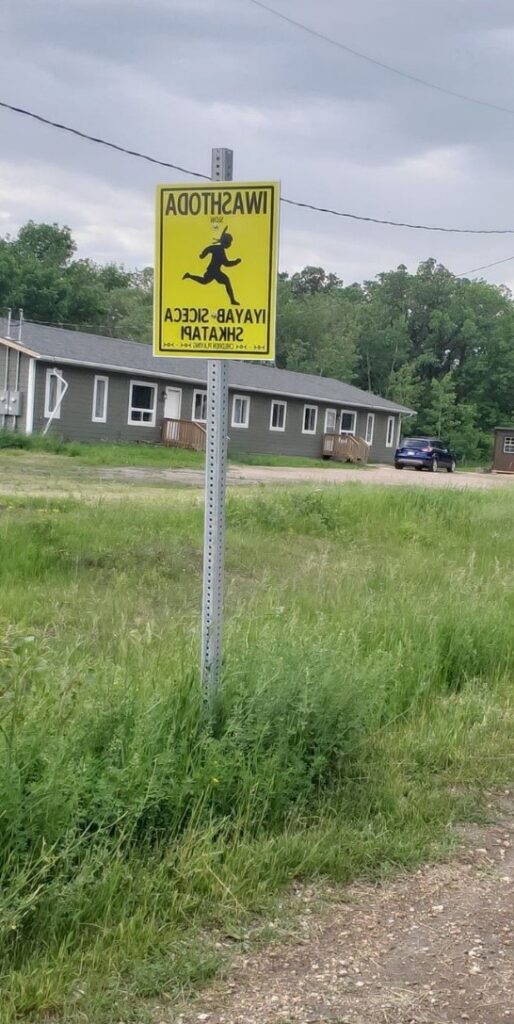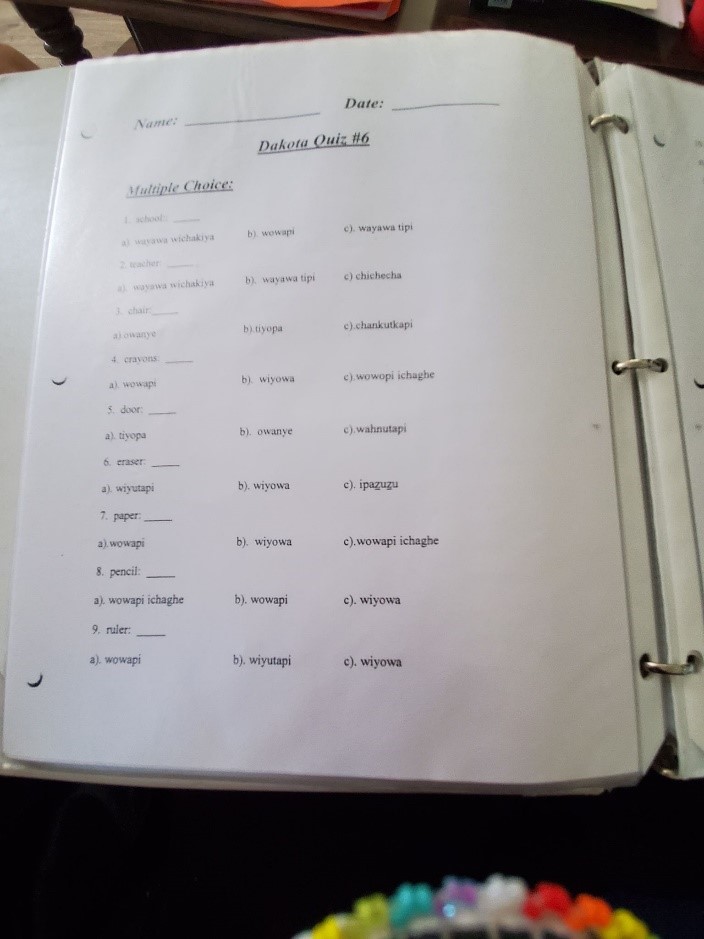The apps receive a lot of traffic.
They built an app and used photoshop along with the program Quick share. The organization has a team of people who can do coding. They have students who have done this and have become grown good in coding and using software. Ogooki Learning taught the skills for them to move forward.
They still have apps that have not been published yet and are still working on publication.
In order to do this, they look at other apps to see what is being done and build upon this or it generates ideas. The focus is on any ages. They have looked at Munsch books to be translated. The books tend to be heavy in the Mi’kmaq language, but they have the sound recording available. For one Munsch book, the verse “I Love you Forever” is featured on every page. They had someone sing it in the language, like a lullaby song.
The organization has also created a prayer app.
In beginning there was more translating for English. Other immersion schools needed a set language. When they looked at books, they were made for non-native geared towards non-native. The community did not identify with it. They found Eagle Crest in BC. The group translated the whole set of titles and printed off the items in the office. The models looked like them.
The organization also helps in assessment- orally. They interview to assist proficiency in students.
They develop language materials for the months along with unit plans and record songs.
The Cape Breton, geographically, has lots of language speakers. There is a person who teaches online to other communities. It teaches them the languages. They do material development and developed flash cards. Cars also work here with schools that have language.
They support immersion program; we find funding to get published.
The organization also develops land-based curriculum. It is popular across the country. They used it and developed it and worked on it bringing it to the classrooms.
They are developing curriculum for Grand Council for teachers.
There is a woman who teaches daycares and helps lady on mainland to help her community to do this.
For schools, they have language teachers. Some teachers are not fluent on the mainland. For Cape Breton, they have language teachers who are fluent.
They have created a Teacher’s Network who meets once a month on a Saturday. These are PD sessions. The teachers wanted to learn but had hard time not learn school and find substitutes.
Important to keep in mind that sometimes what might work, might not work in the community.
In communities, the daycares are working on it. They are stating on our strengths. If give up now, it will be another statistic. Coupe of people in Eskasoni are not from here. The community voiced over in Chicken Run in 2011. This was a huge hit and people are wanting to watch it. Some of the older speakers were not sure about it because of language. People have learning expression and having convos was common based.
They partnered with Spring Learning to look at primary, Kindergarten, Grade 1 on what kind of language. Holistic assessment of student. They included puppet part of classroom. One of friends is a Math student. Developed math assessment. Used to work with Saint FX, used to be partners. One of parts is Math, funding was limited with Saint FX. They still help out and work on assessment.
Fortunate to have one language in Nova Scotia. They can come to the Plains and can understand.
With Maliseet in New Brunswick, can pick out words because work with Mi’kmaq. It is not dialect different, there are couple of words. This can be a barrier.




















